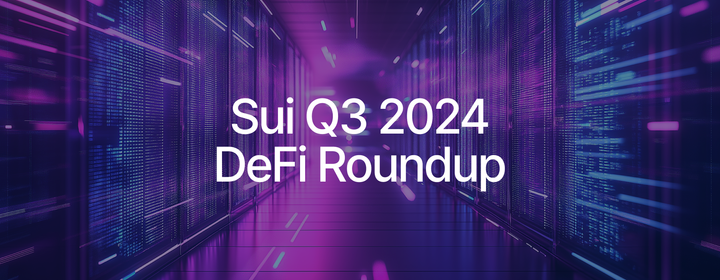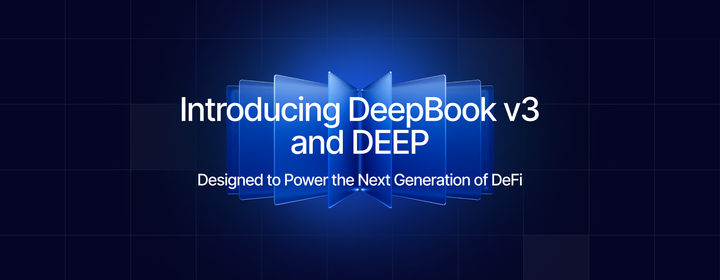All About Gas Fees
Sui's gas fee model balances infrastructure support with user accessibility to promote a healthy network.

Sui's gas fee model ensures that prices remain predictable and low, two critical virtues for an infrastructure geared to host apps ranging from entertainment to utility on a global scale. Blockchain gas fees, the price paid for transactions, serve to compensate the people running the servers that support the network.
Typically, users pay gas fees to perform actions on the network, which could be something as simple as transferring ownership of an NFT to another person, or something more complex, such as playing a role-playing game. Gas fees on the Sui network are paid with the SUI token. In practical terms, however, each fee comes in at a fraction of a SUI, expressed as a quantity of MIST, the billionth part of a SUI.
For the network to be usable, gas fees need to be consistent. Users would not appreciate paying 500 MIST one minute, then 10 SUI the next. That's where the tokenomics model comes in, a clever construction that weds mathematical computation to classic economic competition.
Fee computation
As a decentralized, permissionless network, anyone can set up a Validator to help support Sui's infrastructure. The primary duty of a Validator involves processing transactions on the network in a timely manner. Given the expense of running Validator hardware, which could be someone's own server or space on a cloud service, gas fees pay the infrastructure cost.
With Sui's model, each Validator submits the minimum price at which they will process transactions at each epoch. An epoch is a time period in which the network has been running, up to 83 as of this writing. Sui automatically orders each Validator's submission and chooses the 2/3 percentile by stake as the reference price. This formula sets a price at which the majority of Validators will promptly process transactions, maintaining a good user experience and a healthy network.
This reference price does not, however, equal the gas fee. It serves as an important component of the total fee. Each fee is derived by multiplying the computation units required to process a transaction by the reference price, and adding a separate amount covering on-chain storage costs.
In essence, each Validator on Sui makes a bid to process transactions, because they earn SUI through transactions. And the pricing mechanism keeps the fees to a reasonable amount. For example, the average gas fee on Sui for a recent 30 day period came to approximately 0.002797 SUI, or 2,797,000 MIST.
User payments
The mechanism for computing gas fees may sound complicated, but from a user perspective, its most important aspects involve keeping fees low and predictable. Typically, when a user wants to try an app on Sui or trade an NFT, their wallet will activate, asking to approve the gas fee payment. That fee will be based on the current epoch's price, and should not vary too much from other epochs.
Sui gives builders a choice in gas fee collection, which may change the user experience. Rather than collect the current fee as a one-to-one transaction, builders may choose sponsored transactions, where they pay the fee out of their own treasury. In this case, the user enjoys a frictionless experience, getting to use a builder's app without the hassle of approving a new wallet transaction.
Under the sponsored transaction model, the builder will likely want to come up with an alternate revenue stream. Most typically, in-app advertisements could pay for the transactions. As another model, the builder may offer add-ons for a fee, or a pro version of the app requiring a subscription. With all these models, the builder pays the gas fees, offering the user a transparent experience.
Flexible fee models
Blockchains require gas fees in the same way that developers pay cloud services to host their apps. That dynamic has typically meant that traditional Web2-based apps would not directly charge users for their infrastructure fees, and blockchain apps would leave it entirely up to users to pay those fees.
Sui serves both models, letting builders leave gas fee payment entirely up to users, or exploring different revenue models through advertising or subscriptions. Users can expect consistent gas prices from epoch to epoch for some apps, or will find particularly engaging apps they will want to support through subscriptions, and entirely free apps with advertisements.



